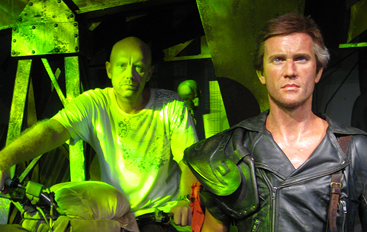
1
Jun
2020
Books to Help Quit Drinking
Here's a selection of books to help to quit drinking, or to slow down on drinking. I'll write up better explanations as I get time... The first one is the one that helped me the...
1
Jun
2020
How and Why I Quit Drinking
Since I have enough experience (and success) with this topic to easily write a whole book about it, or even a series of books, this first web page about how to quit drinking is going...

 Welcome to Prepping.com.au, the new web magazine.
Welcome to Prepping.com.au, the new web magazine.
 What is Prepping? A guide for normal people to get started.
What is Prepping? A guide for normal people to get started.
 How to use this site. When all else fails, read the instructions.
How to use this site. When all else fails, read the instructions.
 This is your mission, should you choose to accept it.
This is your mission, should you choose to accept it.










